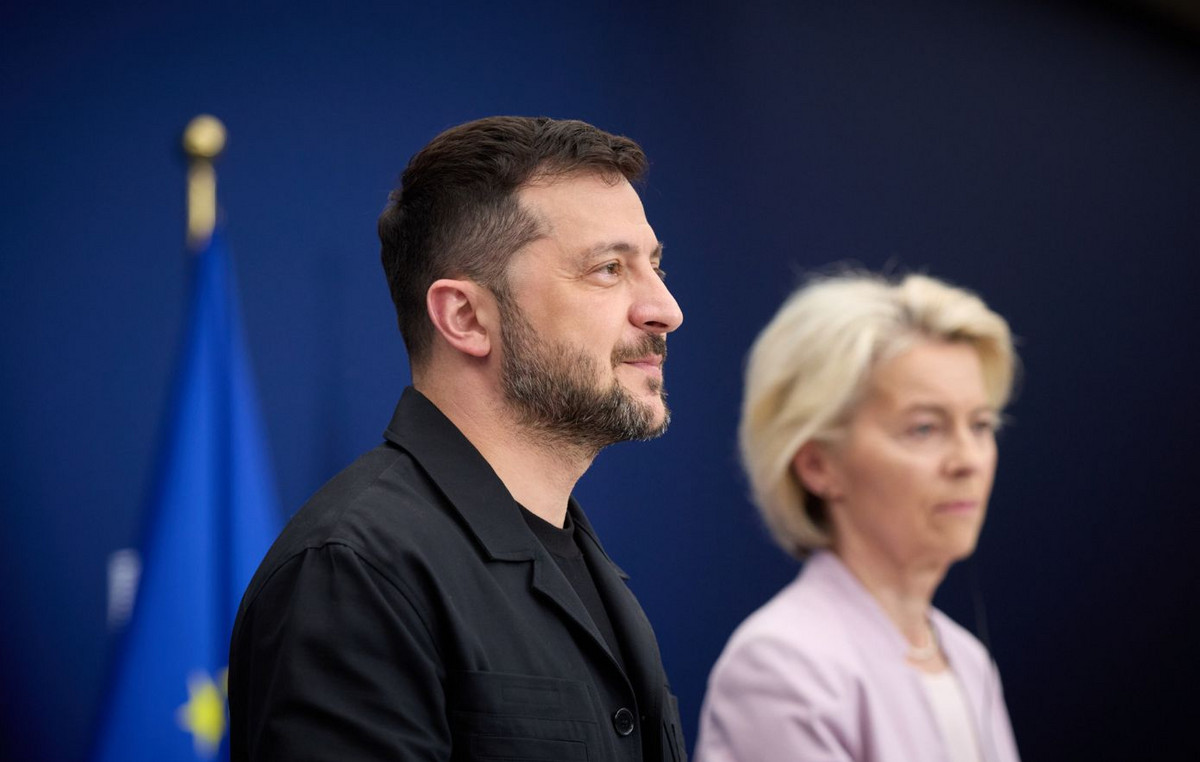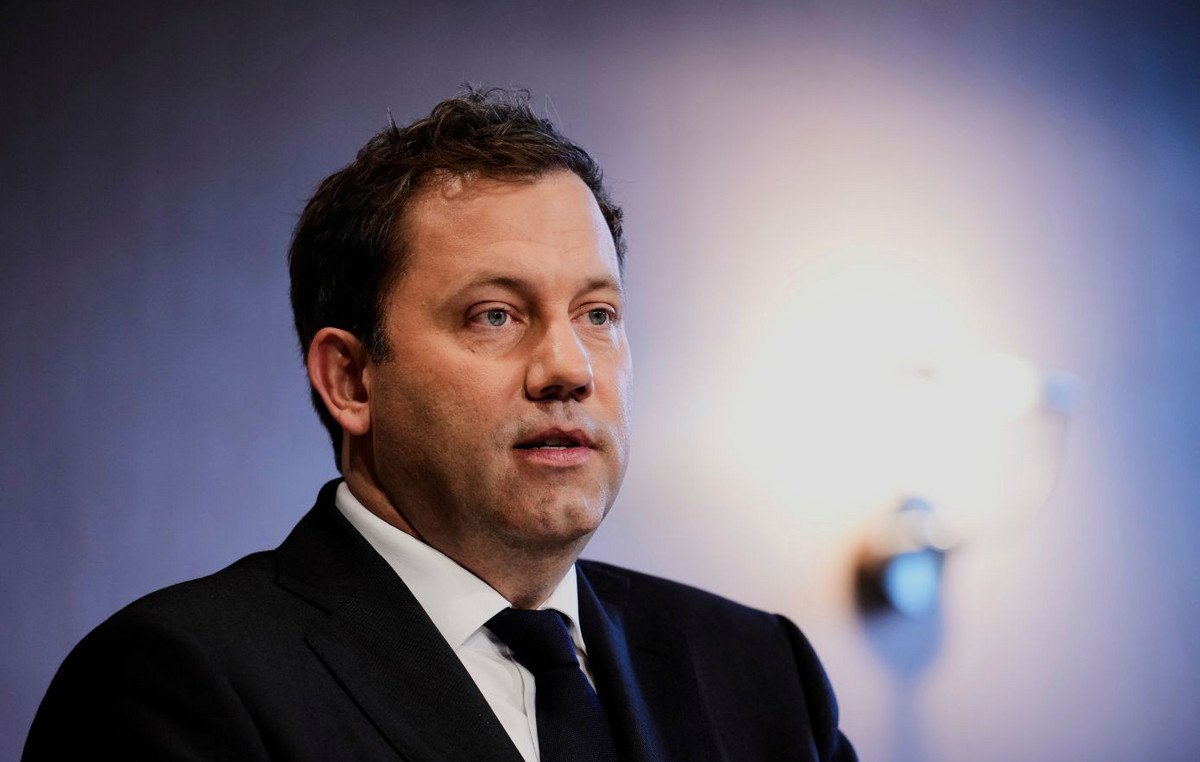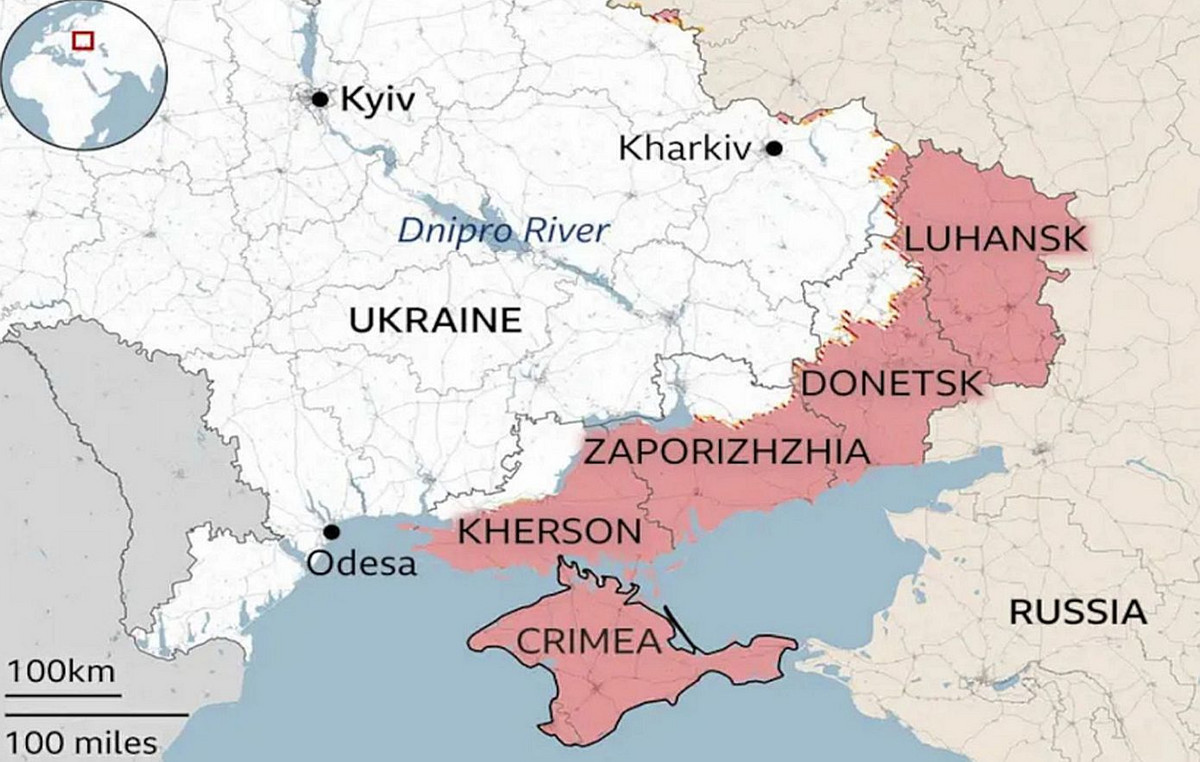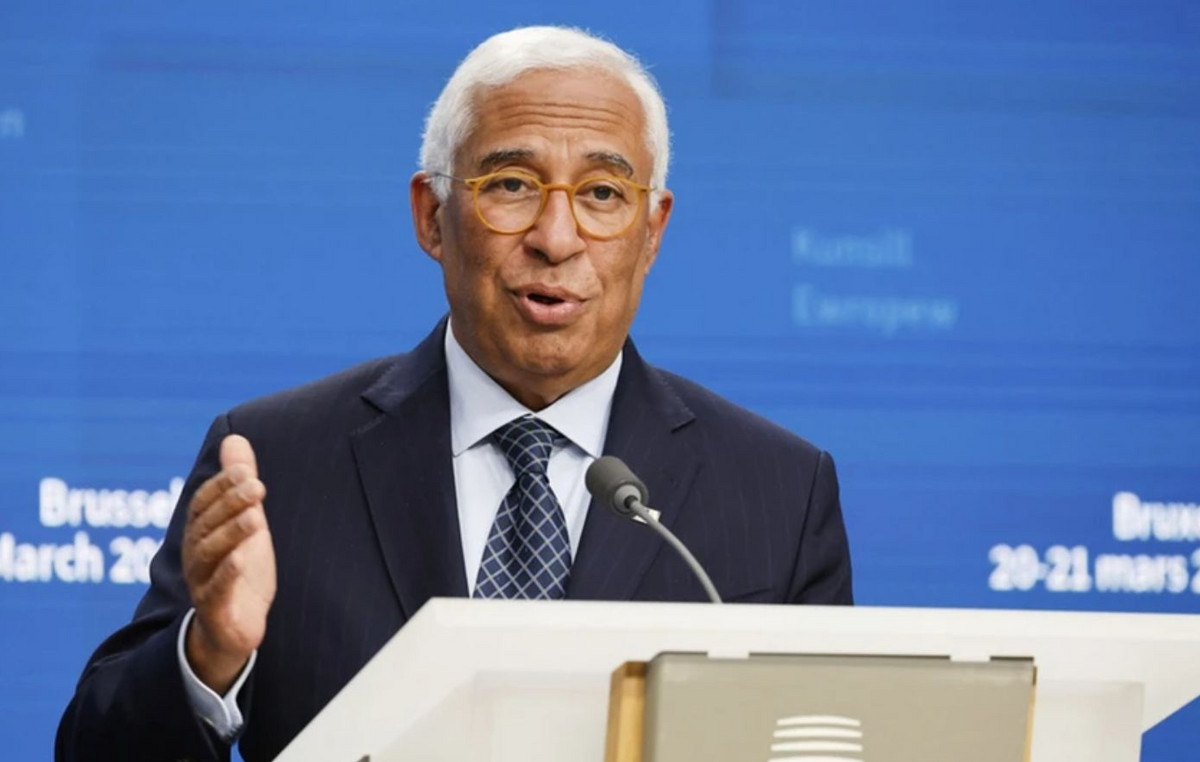It can happen, as a result of intense physical activity, to find yourself the next day a to deal with post muscle aches work out. Also called DOMSEnglish acronym for delayed onset muscle sorenessin Italian delayed onset muscle sorenessthese are disorders that have a characteristic aspect, that is to present themselves not immediately after physical exercise but in the following 24 hoursoften peaking 72 hours after training.
«To understand what DOMS are we must first of all distinguish three different types of exercise pain – explains Dr. Vittorio Di Giacomo, Head of Sports Traumatology of Humanitas San Pio X – the first is the one that appears immediately, that is, while exercising, which in general can be caused by one tear or from a small trauma. The second is the pain that appears immediately after trainingtypically caused by the classic accumulation of lactic acid and finally there are the DOMS which are instead pains that appear after training, usually one day later and they can last even a whole week ».
It was once thought that post-workout muscle aches could also be caused by a late buildup of lactic acid while today it causes is recognized in another type of physiological mechanism.
«At the origin of the DOMS there are actually small lesions within the muscle – explains Dr. Di Giacomo – during muscle contraction two molecules are activated in the muscle fiber – actin and myosin – which create a sort of bridge between them. If this connection, this bridge, is broken, micro lesions originate inside the fiber and these lesions result in the release of pro-inflammatory substances which stimulate the nerve and make you feel pain ».
In what conditions so these micro lesions are created inside the muscle fiber?
«In general we can say that exaggerate the load or speed during training it can be risky in this sense – specifies the expert – Not only the DOMS they can also be caused by the eccentric phase of the exercise, that is, when the muscle is stretched while it is being contracted. It is about mechanisms of injury which are typically caused by a exaggerated exercise compared to your starting level“.
The DOMS, whose symptoms range from the classic muscle pain, hypersensitivity until the feeling of rigiditycan last even a week if not treated thus ending up for severely limit performance as in fact the same subsequent workouts.
So how should post-workout muscle pains be treated?
«The advice is to resort to the classics anti-inflammatorybased on their habits – explains Dr. Di Giacomo – the cortisone it is certainly the most powerful anti-inflammatory but it cannot be used in sports because it is considered doping“.
As for the massagesinstead, they can be useful to relieve pain?
«To date there is still a lot of discussion on this point – explains the expert – let’s say that it can make sense a massage to reactivate the microcirculation and therefore to speed up blood flow and take away harmful substances, while a heavy massage on the muscle would have no logic“.
Instead, what is fundamental is try to prevent the disorder.
What are they then the rules to counteract the onset of post-workout muscle pain? With the help of Dr. Vittorio Di Giacomo we have identified 5. Here they are in the gallery below
The workout that prevents and fights culotte de cheval
30 reasons why walking is the best workout
How many sit-ups to do a day for a flat stomach?
6 easy exercises to dissolve cellulite on the legs
-
Lacheev1/5
Do not overdo it
The first rule is not to overdo it: this means avoid undergoing excessive loads, slow down action e always respect your own starting conditions without overdoing it.
-
2/5
Prepare for training
Whatever type of sport you do, practiced cold can be harmful to the muscles. “A little bit of heating is always crucial – explains the expert – based on the type of sport you will have go to warm up the muscle group who will be more involved in the activity. Basically you should always start with some aerobic work outsuch as an exercise bike, fast walking or gentle running, then adding those movements that simulate the activity performed during the sport but without load and without speed ».
-
pixelfit3/5
Be alert and focused on the movement
«It may seem trivial but it is actually very important – explains Dr. Di Giacomo – if we do a sporting movement without paying attention to it we risk doing it incorrectly and this can activate the muscle in the wrong way: the risk is to damage the muscle and then run into post-workout pain“.
-
4/5
Could nutrition play a role in combating DOMS?
«There is a lot of discussion on this issue – replies the expert – in the end we can say that the useful indication is always to avoid overeating before training due to a problem of concentration rather than muscle damage. It is obvious then that, since muscle needs carbohydrates to functionwho follows one high-protein diet can be exposed to a greater risk of muscle damage “
-
5/5
Do post workout stretching
«Also on this there are no agreed opinions – concludes the expert – but I am always to recommend one cool down session post workout. After an important muscular activity, in fact, a short cooling period makes sense. Whether it is still a gentle walk, a bit of an exercise bike or a jog, the important thing is that it is a anti-fatigue stretching muscular. Our muscle is in fact like a rubber band: if we stress it and then suddenly abandon it, we are more likely to run into problems ».
Source: Vanity Fair








